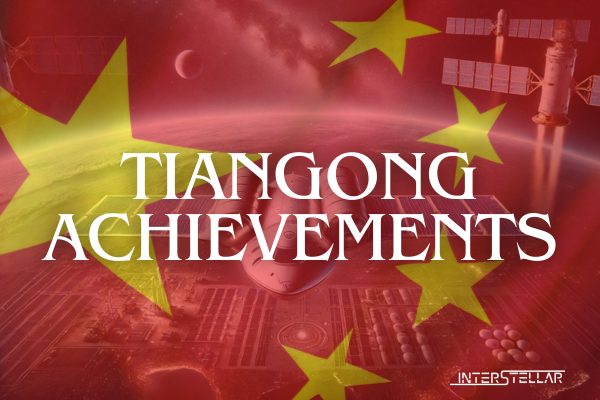China Celebrates Two Years of Tiangong Space Station Completion with Key Achievements
The China Manned Space Engineering Office (CMSEO) has released its first report on the progress of the Tiangong space station’s scientific research and applications. This release marks the two-year anniversary of the station’s comprehensive completion. Subsequent reports will be published annually to detail ongoing progress.
Major Milestones in Scientific Research
The report provides a detailed overview of advances in space science, technology, and applications. It focuses on four primary research areas: space life and human research, microgravity physics, space astronomy and Earth science, and new space technologies. Since its completion, the space station has achieved the following:
- Astronaut Missions: China has completed four manned missions, three cargo resupply missions, and four spacecraft return missions.
- Astronauts: Fifteen astronauts from five crews have performed 10 spacewalks, set a record for the longest single spacewalk, and carried out complex extravehicular maintenance.
- Cargo Transport: Development of a low-cost cargo transportation system is underway to support long-term operations.
Breakthrough Research and Innovations in China
Over the past two years, Tiangong has supported 181 scientific and application projects. Highlights include:
- The world’s first germplasm resources of rice and ratoon rice developed in space.
- Differentiation of human embryonic stem cells into hematopoietic stem cells in orbit.
- A cold atom interference gyroscope operating in space microgravity for the first time.
- Development of a high-throughput in-orbit microbial control platform.
- The longest-running water ecosystem in an orbiting environment.
These breakthroughs have led to over 500 high-level scientific publications and more than 150 patents, with many findings already applied to advance space science and technology.
Future Plans for Space Science and Collaboration
Tiangong, as China’s national space laboratory, is set to host over 1,000 research projects in the next 10-15 years. The station aims to foster international collaboration and attract top scientists globally. Its outreach initiatives will also inspire the next generation of space explorers.
The station currently operates at peak efficiency, with nearly two tons of scientific materials delivered and nearly 100 experimental samples returned to Earth as of December 2024. CMSEO emphasises that these achievements will drive China’s space exploration goals and enhance its role in global space research.
With inputs from Reuters





